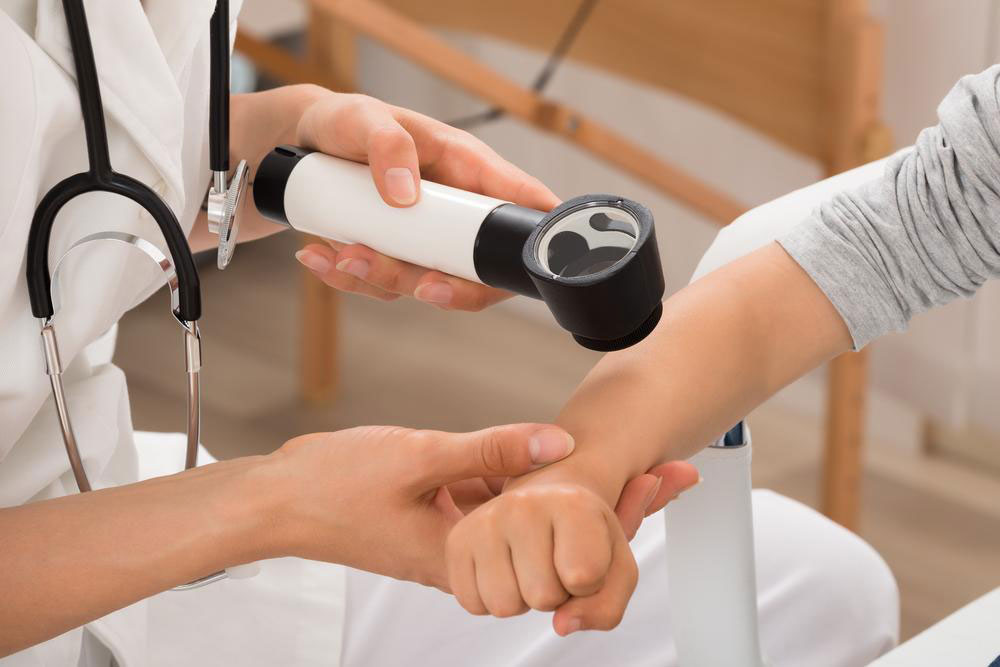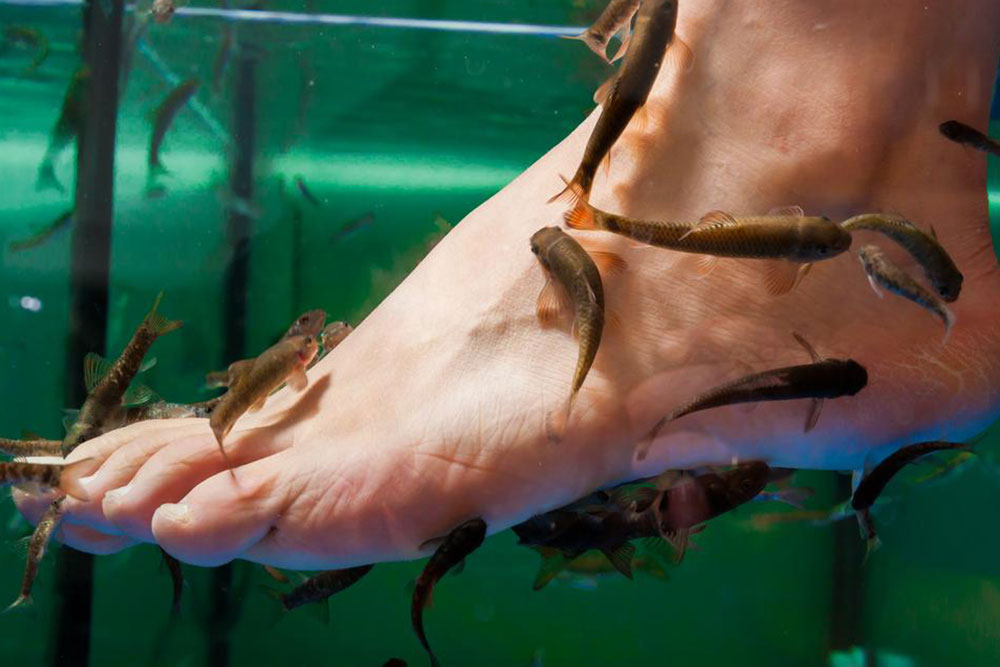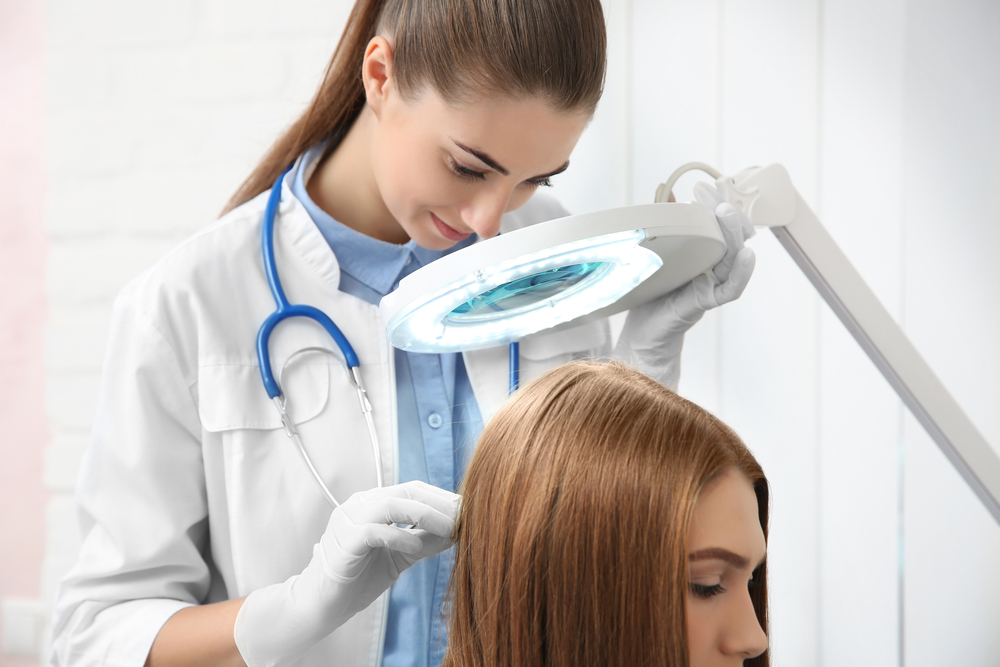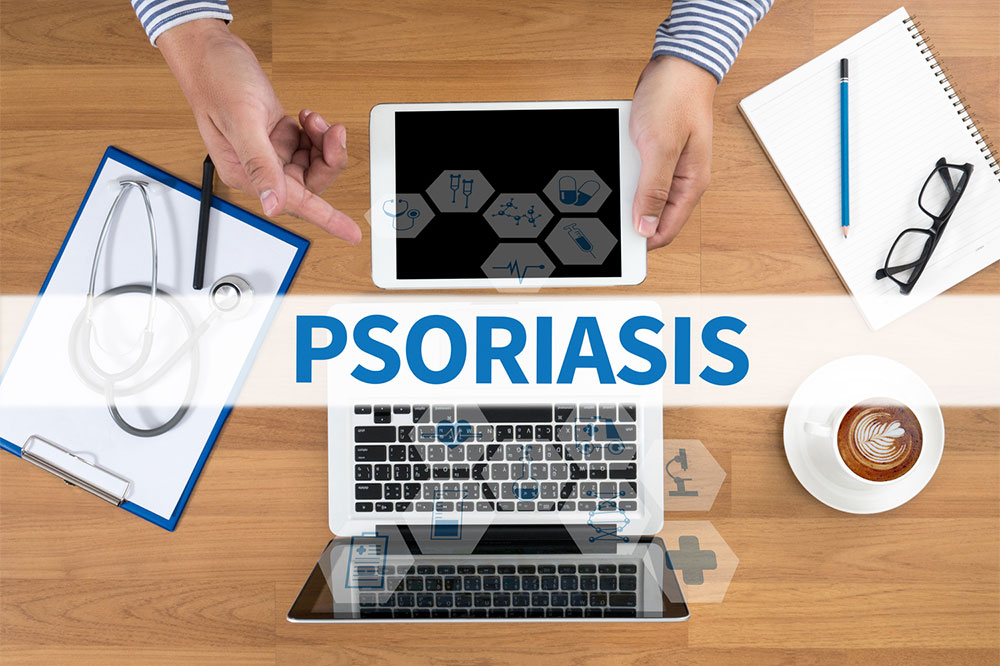Understanding Psoriasis: Types and Key Facts
Learn about psoriasis, its various types, symptoms, and risk factors. This article offers insights into how psoriasis affects different parts of the body, its possible causes, and management options. Understand the differences between plaque, inverse, erythrodermic, pustular, guttate, and nail psoriasis for better awareness. While there's no cure yet, proper treatment can help control symptoms and improve quality of life. Stay informed and consult healthcare professionals for personalized care.

Understanding Psoriasis: Types and Key Facts
What is Psoriasis?
Psoriasis is a chronic skin disorder characterized by red, flaky patches covered with silvery scales. It commonly affects areas like the scalp, elbows, and knees but can also involve the nails, trunk, and legs. Though not contagious, psoriasis is hereditary and has no known prevention methods. It can stem from underlying health issues like cardiovascular disease, diabetes, and psoriatic arthritis, which develops in about 15% of patients. Currently, no cure exists, but symptom management options are available.
Types of Psoriasis
Psoriasis manifests in various forms based on causes, affected areas, and severity. The common types include:
Plaque Psoriasis: The most prevalent form, characterized by red patches with silvery scales, which can cause itching and pain. It can appear anywhere, including inside the mouth and genitals.
Inverse or Flexural Psoriasis: Occurs in skin folds like the groin, armpits, or behind knees. It appears shiny and smooth and may coexist with other psoriasis types.
Erythrodermic Psoriasis: A rare but severe form that covers the entire body with red, peeling, itchy, and painful rash.
Pustular Psoriasis: Characterized by white pustules on red skin, affecting areas such as hands and feet, sometimes spreading extensively. Symptoms can include fever, chills, and muscle weakness.
Guttate Psoriasis: Often triggered by streptococcal infections, it appears as small, dot-like lesions mainly affecting children and adults.
Nail Psoriasis: Not officially a separate type but affects fingernails and toenails, causing discoloration, pitting, and abnormal growth. Nails may loosen or detach over time.
Note:
The information provided is for educational purposes only. Always consult healthcare professionals for diagnosis and treatment options. Do not rely solely on online content for medical advice.









